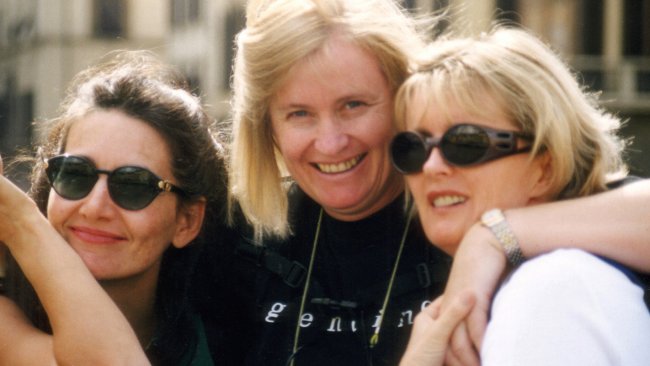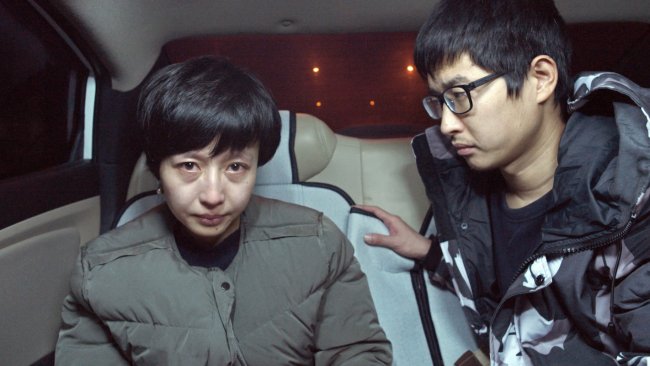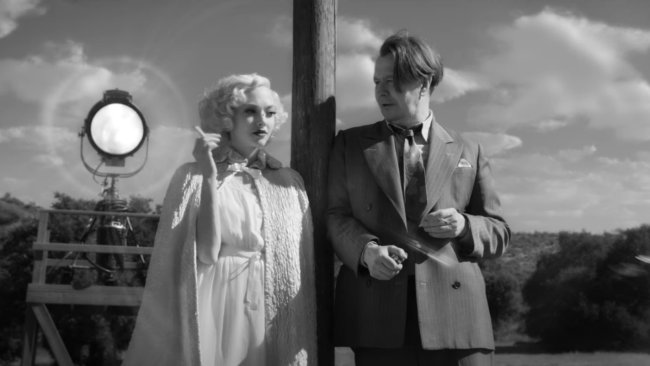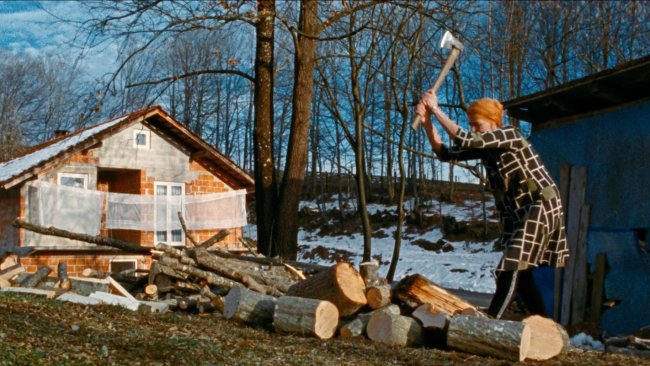The Earth is Blue as an Orange
[…] It is a “reactive” documentary, made special by the characters’ will to shoot a film about what they have experienced (and are still experiencing) in their shattered hometown and its surreal surroundings.
[…] The final sequence plays a crucial role in celebrating the healing power of cinema, here represented as a tool capable of “rebuilding” the family and the community.
Text: Davide Abbatescianni
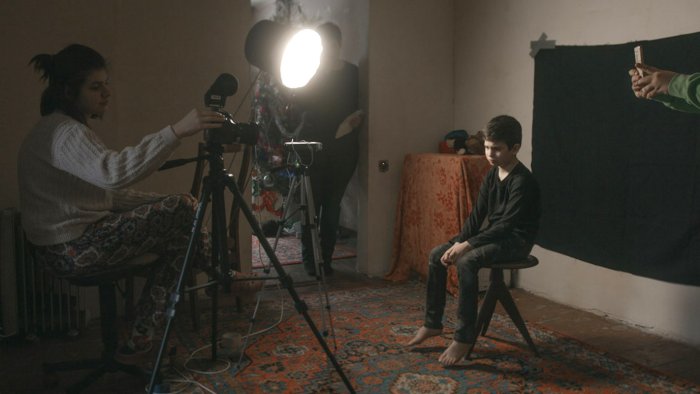
One of the films selected for this year’s Zurich Film Festival documentary strand is Irina Tsilyk’s The Earth is Blue as an Orange, a Ukrainian-Lithuanian co-production which world-premiered at Sundance back in January and received the Best Director Award in the World Cinema Documentary Competition. In this film, Tsilyk follows the lives of single mother Anna, her two daughters, her old mother and two sons in the “red zone” of the troubled region of Donbass, a theatre of the war between the pro-Russian separatists and the pro-Ukrainian government forces since April 2014. However, The Earth is Blue as an Orange is far from being a classical observational piece about the cruelty of war as experienced by one of the many Ukrainian families. Instead, it is a “reactive” documentary, made special by the characters’ will to shoot a film about what they have experienced (and are still experiencing) in their shattered hometown and its surreal surroundings. In particular, one of Anna’s daughters, Myroslava, dreams of becoming a cinematographer and hopes to win a scholarship to study film. Together with her sister Anastasia, she transforms their living room into an improvised studio and goes out onto the streets to interview soldiers in front of the camera.
Throughout the whole film, the director observes the family’s vicissitudes and their coping mechanisms in order to accept the sad reality shaking their land. The feeling conveyed is that of a long – perhaps endless – wait, an atemporal dimension where the passing of time is marked by the precious silence characterising the community’s moments of truce (and peace) or by the frightening, sharp sounds of the bombs, and of the soldiers marching, which constantly remind them that the end of the conflict is yet to come. With a competent (but controlled) directing touch, Tsylik documents the ups and downs of the family, where the uncertainty brought by external events obviously makes them swing between feelings of hopelessness, sadness, joy, calm and confusion. In the characters’ world, there is little to do and little to smile about, but the craft of filmmaking is gradually able to provide them with a reason, a goal and even a simple pastime. Filming keeps them alive and united, despite the deep trauma caused by the moments of hardship and the lack of a father figure.
Aesthetically speaking, The Earth is Blue as an Orange is a predominantly “gelid” film; the camera work is rather static, the cinematography reflecting the dim lights of the long Ukrainian winter (occasionally made brighter only by the pale shades of the snow and warmer by the presence of human beings alongside numerous lovable pets). Besides, most of the urban landscapes are bare, desolate and stuck in the late post-Soviet years’ limbo that is typical of many Eastern European outskirts.
Interspersed throughout the documentary, the monologues shot by the family depicting themselves speaking in front of the camera serve as a sort of confessional, a place where they can free up their views, concerns, hopes, judgements, jokes and takes on the craft of filmmaking. The last “confessions” are particularly striking; in one of them, Anastasia admits that «war is emptiness» and adds: «If we look at it closely, it’s definitely emptiness. All of your friends leave, the city is empty and everything that used to be noisy and familiar is also empty.» While saying that, she seems to be talking about the essence and the atmosphere of the film she is making with her family as well as Tsylik’s documentary. Curiously, said scene is followed, almost dialogically, by another one showing her mother highlighting how hard their decision to stay was, forcing their children to live through the war, but also explaining why it was impossible to leave: «Someone has to stay to rebuild this city. Because if everyone leaves, who is there to rebuild it?», she concludes.
The final sequence plays a crucial role in celebrating the healing power of cinema, here represented as a tool capable of “rebuilding” the family and the community. The act of cinemagoing itself is depicted as a moment of catharsis: while watching the moving images people can laugh, think, observe, cry, and forget – in other words, they can live freely.
This article contains a third-party video. If you would like to watch the video, please adjust your settings.
Watch
Screenings at Visions du Réel Nyon 2022
Info
The Earth is Blue as an Orange | Film | Irina Tsilyk | UA-LT 2020 | 74’ | ZFF 2020, Human Rights Film Festival Zurich 2020, Black Movie Genève 2021
First published: October 01, 2020
